How Much Nicotine Is in a Vape? A Comprehensive Guide
Vaping has become one of the most popular alternatives to traditional cigarette smoking. Yet one of the most common questions among new and transitioning users is: how much nicotine is in a vape? In this comprehensive guide, we explore the science behind nicotine in e‑cigarettes, explain how nicotine is measured, compare vape nicotine levels to cigarettes, and provide practical tips for managing your nicotine intake. Whether you’re switching from smoking or are simply curious about vape nicotine levels, understanding the numbers and the factors behind them can empower you to make informed decisions about your health.
Understanding Nicotine in Vapes
Introduction: How Much Nicotine Is in a Vape?
Nicotine is the primary stimulant found in tobacco, and it is the addictive substance that keeps many users hooked. With vaping devices now widely available in disposable and refillable forms, labels often state nicotine concentrations using measurements such as “mg/ml” or percentages (e.g., 5% nicotine). Understanding how much nicotine is in a vape is critical—not only for those trying to quit smoking but also for anyone aiming to manage their nicotine intake responsibly. In this article, we break down the numbers, explain common terms, and compare the nicotine yield of vapes to that of traditional cigarettes.
What Is Nicotine and How Is It Used in Vaping?
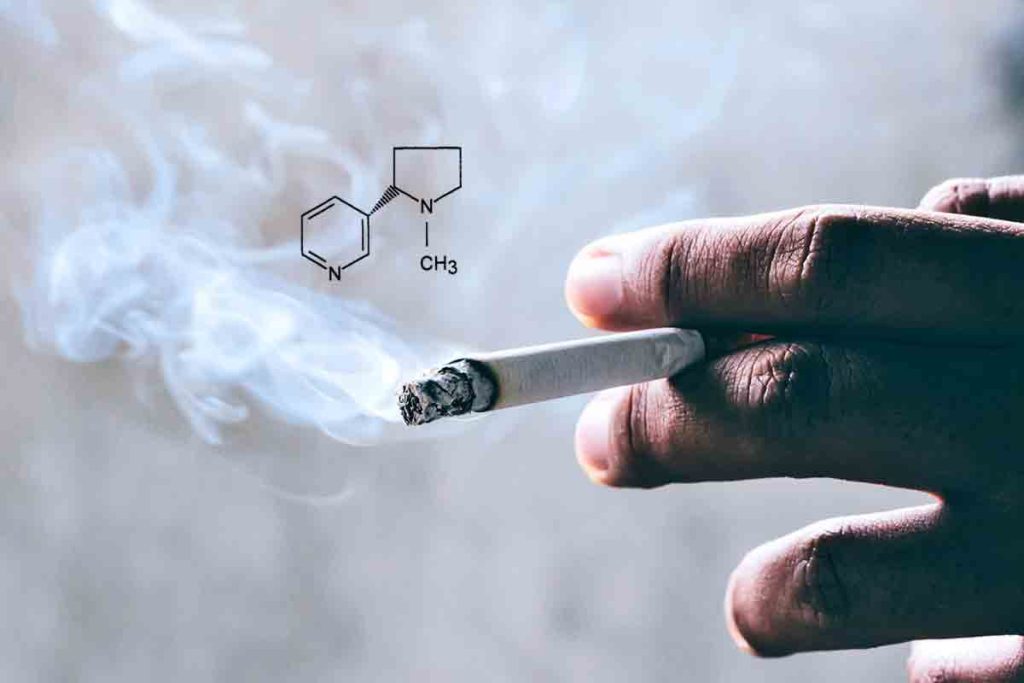
Nicotine is an alkaloid naturally present in tobacco leaves. In traditional cigarettes, nicotine is delivered via combustion, resulting in a mixture of chemicals that cause rapid absorption into the bloodstream. In contrast, e‑cigarettes use a liquid (often called e‑liquid or vape juice) that contains nicotine along with propylene glycol, vegetable glycerin, and flavorings.
Two primary forms of nicotine are used in vaping products:
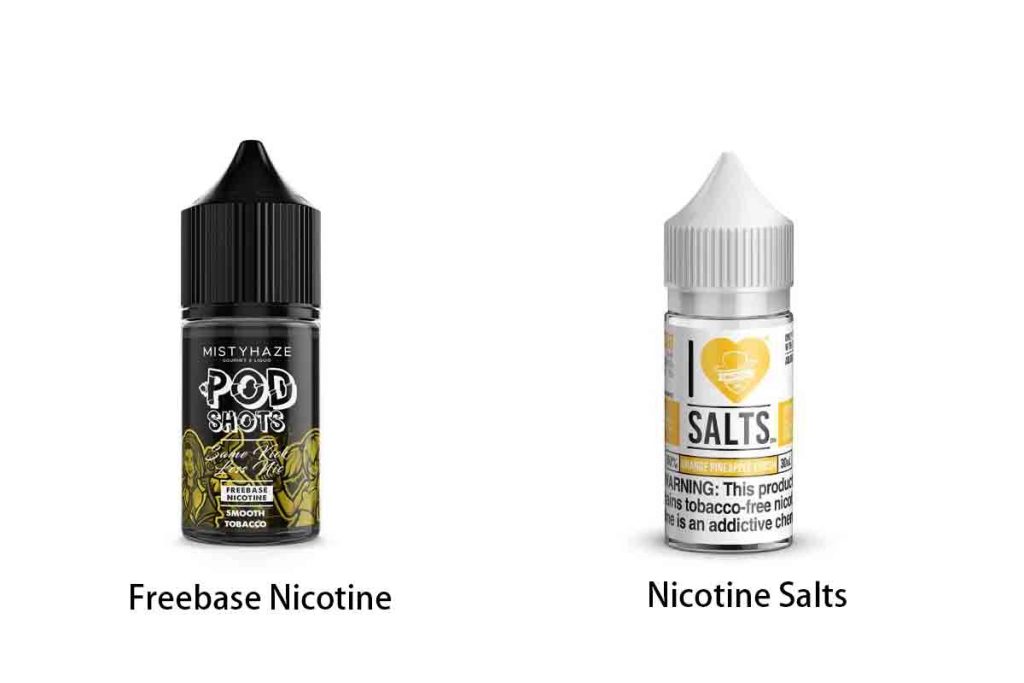
- Freebase Nicotine: This is the unaltered form found in many earlier e‑cigarettes. It provides a strong “throat hit” that many former smokers associate with the sensation of smoking.
- Nicotine Salts: These are formed by combining freebase nicotine with an acid (commonly benzoic acid), which lowers the pH. This results in a smoother inhalation even at higher concentrations, making it easier for new users to inhale larger amounts of nicotine without discomfort. Pod mods and many disposable vapes typically use nicotine salts to achieve higher nicotine levels in a tolerable manner.
Understanding the difference between these two forms is essential because even if two devices are labeled with similar nicotine strengths (for example, 50mg/ml), the actual user experience can be quite different.
Measuring Nicotine in a Vape: mg/mL, Percentages, and Salts
Nicotine concentrations in e‑liquids are usually expressed in milligrams per milliliter (mg/ml) or as a percentage by volume. For example, a label that reads “5% nicotine” roughly corresponds to 50mg/ml. In many cases, percentages are used interchangeably with mg/ml values, although this can lead to confusion among new vapers.
To break it down further:
- mg/ml: Indicates how many milligrams of nicotine are present in each milliliter of e‑liquid. A 20mg/ml product means that every milliliter of liquid contains 20 milligrams of nicotine.
- Percentage (%): A 5% nicotine solution is generally equivalent to 50mg/ml of nicotine. This method is more common in marketing high‑strength pod systems that use nicotine salts.
Because nicotine salts are more tolerable at higher concentrations, many disposable and pod mod devices carry strengths as high as 50mg/ml (or 5%) in the United States—even though in regions like the European Union, regulations limit this to 20mg/ml. These measurements help answer the question of how much nicotine is in a vape, but actual nicotine delivery will also depend on other factors such as vapor production and puffing style.
How to Calculate the Total Nicotine Content in a Vape
Knowing the nicotine concentration is only one part of the equation; you must also consider the volume of e‑liquid in the device. The formula to calculate total nicotine content is straightforward:
Total Nicotine (mg) = Nicotine Strength (mg/ml) × E‑Liquid Volume (ml)
For instance, if a disposable vape contains 2ml of e‑liquid with a nicotine concentration of 20mg/ml, then:
- Total Nicotine = 20mg/ml × 2ml = 40mg
This calculation is crucial for understanding overall nicotine exposure. However, note that not every milligram of nicotine in the liquid reaches your bloodstream. Studies indicate that only a fraction is absorbed due to factors like vaporization efficiency and individual puffing habits. In traditional cigarettes, although a cigarette may contain 8–12mg of nicotine, only about 1–2mg is absorbed per cigarette.
Factors Affecting How Much Nicotine Is in a Vape
Several factors influence the actual nicotine delivery from a vape device, even if the e‑liquid is labeled at a specific concentration:
- Device Type: Disposable vapes and pod mods often contain nicotine salts that allow for higher concentrations without harshness, whereas refillable devices might use freebase nicotine with lower concentrations.
- Battery Power and Coil Resistance: Higher wattage and lower resistance (sub‑ohm vaping) can produce more vapor, potentially increasing nicotine delivery per puff.
- Puff Duration and Frequency: A longer or more forceful puff may vaporize more liquid, altering the amount of nicotine inhaled.
- User Technique: Mouth-to-lung (MTL) vaping often mimics cigarette smoking, leading to different absorption patterns compared to direct-to-lung (DTL) vaping.
Because of these variables, a label indicating “50mg/ml” does not necessarily mean every puff delivers a uniform dose of nicotine. Nonetheless, understanding these factors helps answer the overarching question of how much nicotine is in a vape and assists users in comparing products and adjusting their vaping habits.
Comparing, Evaluating, and Managing Nicotine in Vapes
Comparing Nicotine in a Vape vs. Cigarettes
A key concern for many transitioning from smoking to vaping is how the nicotine delivered by vapes compares to that in traditional cigarettes. On average, although a cigarette contains roughly 8–12mg of nicotine, only about 1–2mg is absorbed by the smoker due to losses from combustion and exhalation.
In contrast, a disposable vape might contain a total of 40–800mg of nicotine, depending on its size and concentration. However, because vaping devices do not burn tobacco and instead produce an aerosol, the bioavailability of nicotine may differ. Research indicates that experienced e‑cigarette users can reach blood nicotine levels similar to those of smokers, though the nicotine “hit” may feel different.
For example, a Juul pod—which is a widely recognized pod mod—contains approximately 42mg of nicotine (when measured at 59mg/ml in the U.S.), and it is often marketed as delivering roughly the same nicotine as one pack of cigarettes in about 200 puffs. While such comparisons are approximations, they provide a useful reference point for understanding nicotine equivalence between vaping and smoking. This comparison helps answer common questions such as “How does vape nicotine compare to cigarette nicotine?”
Health Implications of the Nicotine in Vapes
Although vaping is generally considered less harmful than smoking due to the absence of combustion-related toxicants, nicotine itself is not risk-free. Nicotine is a highly addictive substance that can lead to increased heart rate and blood pressure, and it may have adverse effects on brain development—particularly among adolescents. The NHS advises that vaping is not recommended for under‑18s because developing lungs and brains are especially sensitive to nicotine’s effects.
That said, for adult smokers trying to quit, switching to vaping can reduce exposure to many of the harmful chemicals found in tobacco smoke. Understanding how much nicotine is in a vape helps users gauge their exposure and adjust their usage, aiming for a balance between satisfaction and risk reduction. If you’re trying to quit smoking, knowing the nicotine dosage delivered by your vape can support a gradual reduction plan, ultimately lowering your addiction risk.
Disposable vs. Refillable Vapes: How Much Nicotine Is in Each?
Disposable vapes typically come pre‑filled with a set volume of e‑liquid and are designed for single‑use. They often contain higher nicotine concentrations—sometimes up to 50mg/ml—using nicotine salts for smoother delivery. In contrast, refillable devices allow users to choose e‑liquids in a wider range of nicotine strengths, from 0mg/ml up to 20mg/ml (or higher in some regions), and provide flexibility to lower nicotine levels gradually over time.
Because disposable vapes do not offer customization and are designed for convenience, they are often marketed with high nicotine concentrations to mimic the satisfaction of smoking. Refillable devices, meanwhile, can be more cost‑effective and environmentally friendly, with the added benefit of controlled nicotine dosing. This variation is key to answering “how much nicotine is in a vape” because the product type plays a significant role in nicotine delivery.
Tips for Managing and Reducing Your Nicotine Intake When Vaping
If you’re looking to reduce your nicotine consumption, understanding the exact nicotine content in your device is the first step. Here are some practical tips:
- Track Your Usage: Monitor how many puffs you take per day and estimate your nicotine consumption.
- Gradual Reduction: Switch to lower nicotine strengths over time. For example, if you’re using 20mg/ml e‑liquid, consider stepping down gradually.
- Change Device Types: Consider moving from high‑nicotine disposable devices to refillable systems where you can precisely control your nicotine concentration.
- Mind Your Technique: Adjust your vaping style (e.g., take shorter puffs) to help manage nicotine intake.
These measures allow you to make informed decisions based on knowing exactly how much nicotine is in a vape, empowering you to take control of your health.
FAQs: Answering Common Questions About How Much Nicotine Is in a Vape
Q1: How is nicotine measured in vape juice?
Nicotine is typically measured in mg/ml or as a percentage. For example, a 5% nicotine vape equals about 50mg/ml of nicotine.
Q2: Does a higher mg/ml mean I get more nicotine per puff?
Generally, yes. A higher concentration (mg/ml) will deliver more nicotine per unit of e‑liquid vaporized, though device efficiency and puff duration can affect the exact dose.
Q3: How do vape nicotine levels compare to those in cigarettes?
While a cigarette might contain 8–12mg of nicotine, only about 1–2mg is absorbed per cigarette. In contrast, vaping devices may deliver similar blood nicotine levels when used correctly, though the total nicotine content in a vape can be much higher.
Q4: What factors influence the actual nicotine absorbed from vaping?
Device type, battery power, coil resistance, vaping style (MTL vs. DTL), and even the type of nicotine (freebase vs. salt) all influence how much nicotine is actually absorbed.
Q5: Can I reduce my nicotine intake gradually using vaping?
Absolutely. Many users switch to lower nicotine strengths over time and adjust their vaping habits, which can help manage dependence and ease the transition away from higher nicotine levels.
Conclusion: Summing Up How Much Nicotine Is in a Vape
Understanding how much nicotine is in a vape involves more than just reading the label. It requires knowledge of nicotine measurement (mg/ml vs. percentages), awareness of the differences between freebase nicotine and nicotine salts, and recognition of the factors that affect actual nicotine delivery. While disposable devices often boast high nicotine concentrations for convenience, refillable systems offer greater control over your dosage. With this guide, you can make informed choices—whether you’re using vaping as a cessation tool or simply wish to monitor your nicotine consumption. Ultimately, staying informed about vape nicotine levels is key to managing your health and reducing potential risks.



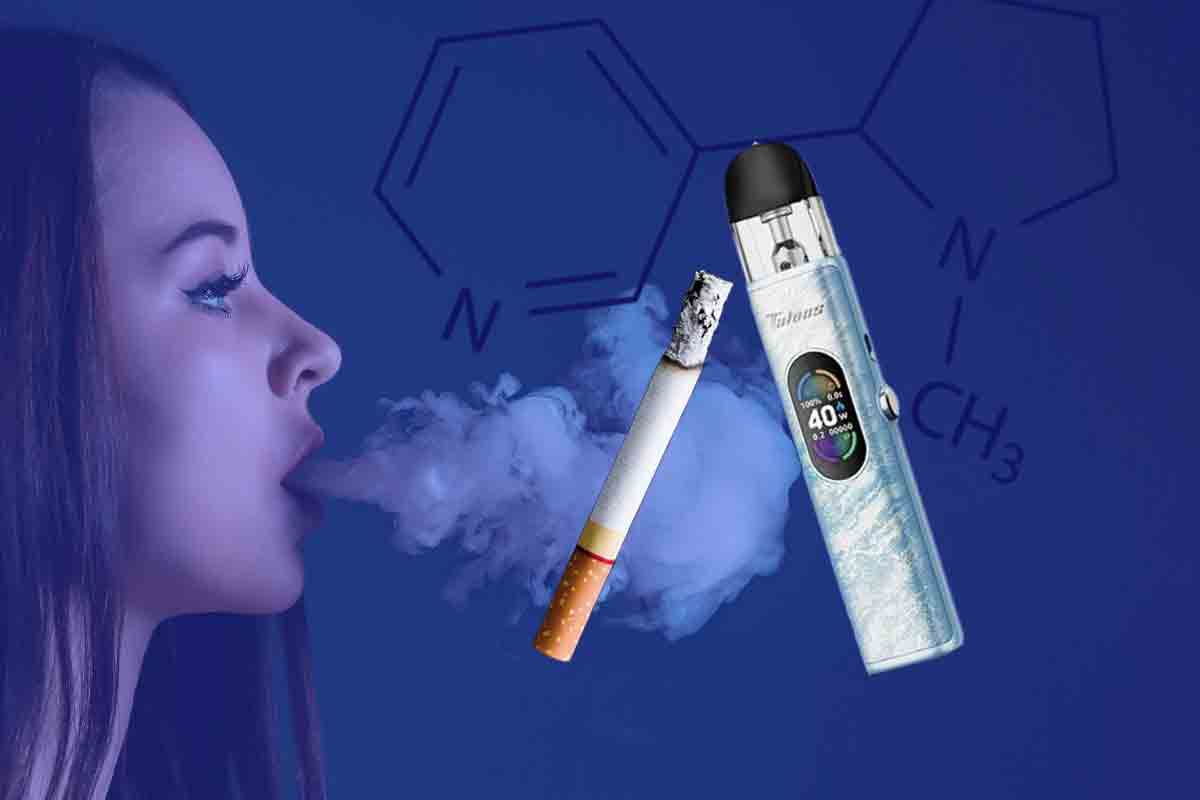
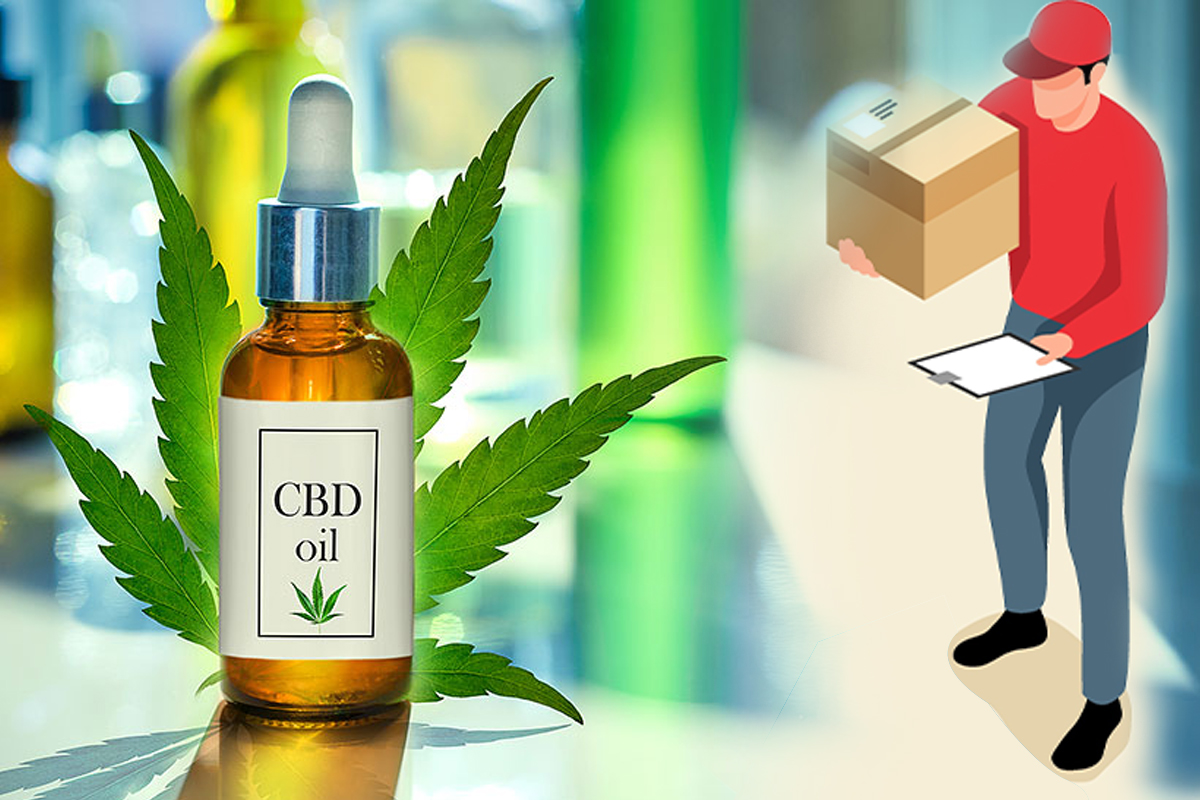


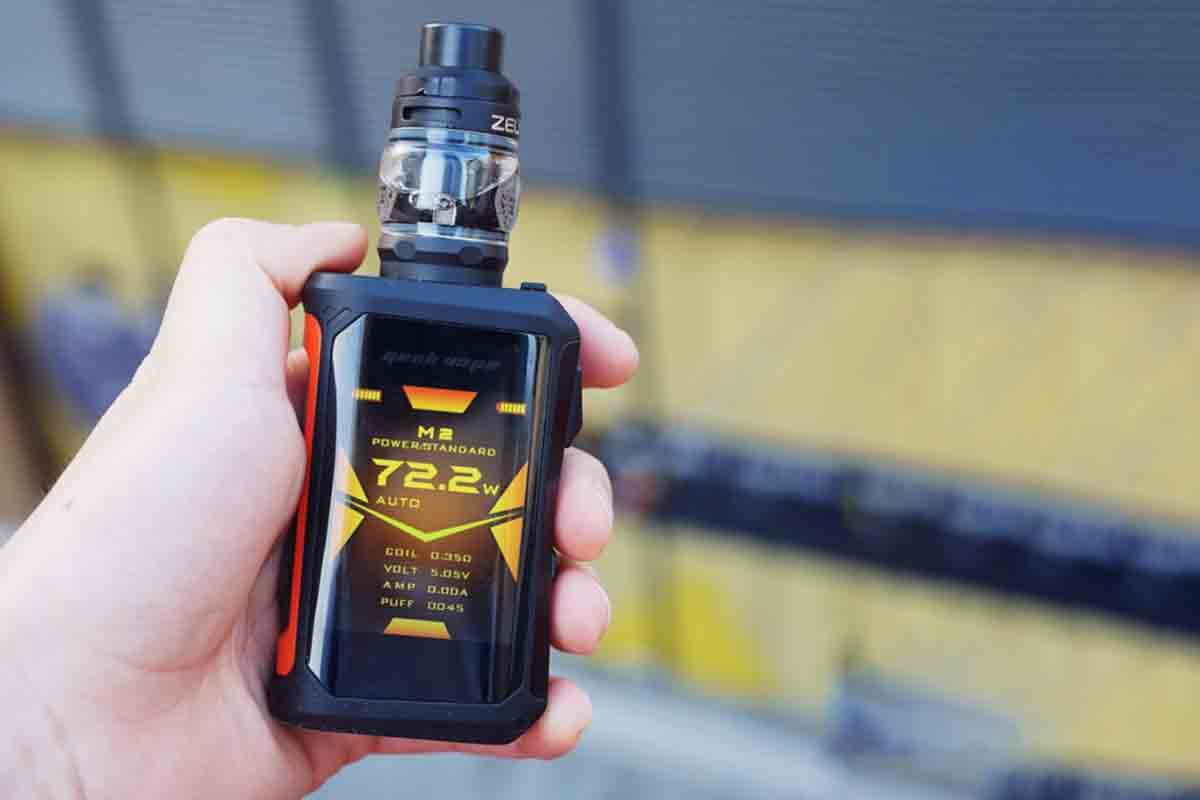

[…] If you are looking for guidance on how to quit vaping, then you have come to the right place. This guide will introduce you to why vaping is addictive, how to successfully quit, and how to stay smoke-free in the long […]
[…] substances can be vaped in a vape pen?Vape pens are commonly used with nicotine e-liquids, cannabis oils, wax, and dry […]
[…] Nicotine is often at the center of debates about vaping. Although nicotine is most commonly associated with tobacco, its inclusion in e‑liquids does not equate to the presence of tobacco. […]
[…] disposable vapes are designed to provide a smooth and satisfying nicotine hit, leveraging advanced technology to enhance flavor consistency and throat hit. […]